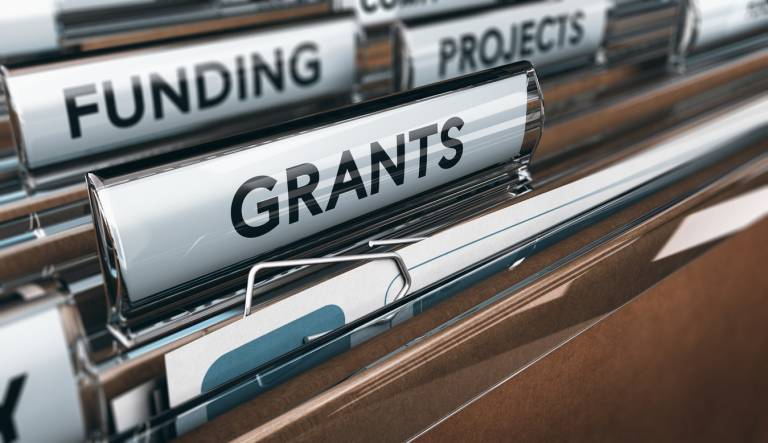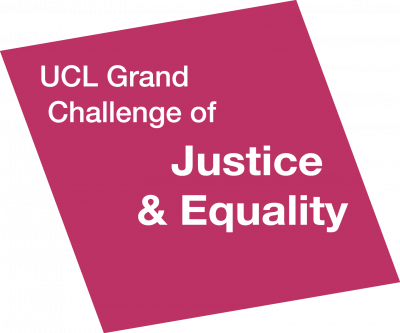Participatory Visions
Redesigning research for social justice.

6 March 2023
Despite increasing support within universities and amongst research funders for participatory research approaches, institutional processes and funding requirements continue to limit participatory engagements that meaningfully further social justice. Recognising this disconnect, UCL’s Institute for Global Prosperity, Co-Production Collective, and Institute of Education, supported by UCL’s Grand Challenge of Justice & Equality, set out to investigate the practical barriers university researchers and community partners face in conducting participatory social justice research.
Between May and August 2022, 21 semi-structured interviews were conducted with research facilitators, university researchers, and community partners - all of whom had expertise supporting or engaging in participatory social justice research across a range of disciplines. They were asked what barriers they faced in conducting participatory social justice research, particularly in terms of funding and university processes. Drawing on the barriers identified in the interviews, a workshop was organised that brought together university researchers, community partners, and funders to coproduce recommendations for change.
The project found that the obstacles research facilitators, university researchers, and community partners faced generally coalesced around three key themes:
- Challenge 1: Relationship-building is undervalued;
- Challenge 2: Community partners aren’t valued;
- Challenge 3: Sectors work in silos.
The project's final report details the main aspects and impacts of these challenges, as well as incorporating a case study of an ongoing participatory research collaboration, which illustrates the importance of long-term funding to supporting cross-sectoral partnership, equality, and the development of new research pathways. The report also summarises the collective recommendations for change that emerged from the workshop with community partners, university researchers, and funders.
The full report is available here or an executive summary can be accessed below.
 Close
Close


